How to Solve Word Problems: Guessing and Checking
Word problems, often seen in mathematics and logic subjects, can sometimes be a source of confusion for many people. However, they're actually a practical application of math skills to real-world scenarios, which makes them quite important to understand. One of the strategies to solve these problems is the Guessing and Checking Method. As the name suggests, it involves making educated guesses and then verifying if these guesses satisfy the conditions of the problem.
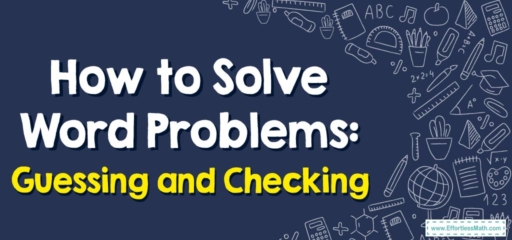
A Step-by-step Guide to Solving Word Problems: Guessing and Checking
Here’s a step-by-step process on how to apply this method:
Step 1: Understand the Problem
Read the problem carefully and understand what you’re being asked to find. Identify the variables and the constants. For instance, if the problem is asking for the age of a person given certain conditions, the person’s age would be the variable.
Step 2: Make an Educated Guess
Based on the information provided, make an initial educated guess for the variable. For example, if you’re asked to guess a person’s age and you know they’re older than 20 but younger than 40, an initial guess might be 30.
Step 3: Check Your Guess
Plug your guessed value back into the problem to see if it satisfies the conditions given. If it does, you’ve found the answer. If not, take note of whether your guess was too high or too low.
Step 3: Refine Your Guess
Based on whether your initial guess was too high or too low, make a new guess that is closer to the correct answer.
Step 4: Repeat the Process
Continue this process of guessing and checking until you find a value that satisfies all the conditions of the problem. It can be iterative and time-consuming, but it’s a strategy that works when other methods might not be obvious.
Step 5: Verify Your Answer
Once you believe you’ve found the correct answer, it’s essential to double-check all the conditions of the problem to make sure you haven’t missed anything and that your answer is indeed correct.
Remember, this method can be particularly useful when you have no idea where to start or when more sophisticated mathematical approaches are not applicable. But keep in mind that it may not be the most efficient way for all types of problems. Other problem-solving strategies like forming equations, drawing diagrams, or logical reasoning might be more appropriate depending on the specific situation.
Related to This Article
More math articles
- Discovering the Magic of Triangle Midsegments
- Place Values Relationship
- 6th Grade GMAS Math Worksheets: FREE & Printable
- Calculus Simplified: Essential Integral Formulas for Mathematical Success
- How to Graph Quadratic Functions?
- Rounding Numbers Up to the Millions
- 7th Grade Georgia Milestones Assessment System Math Practice Test Questions
- How to Apply Comparison, Ratio, and Root Tests
- Top 10 Pre-Algebra Practice Questions
- Overview of the ISEE Lower Level Mathematics Test
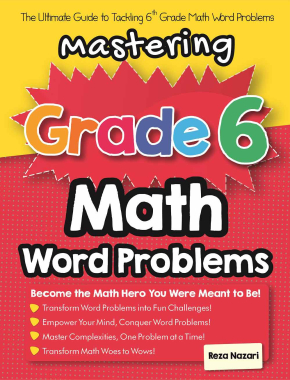

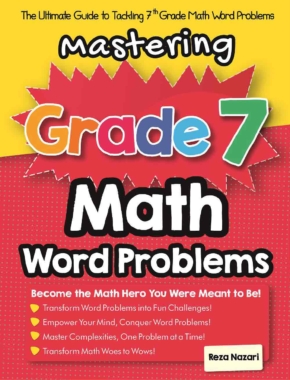

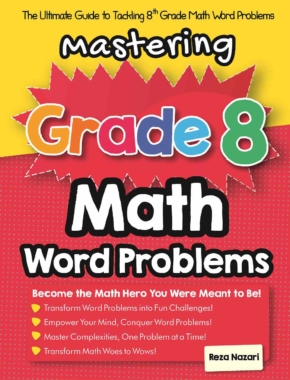

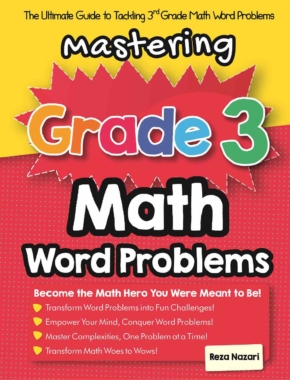

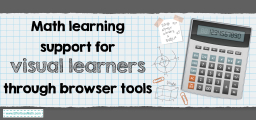
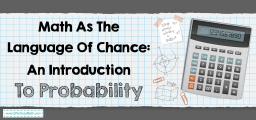
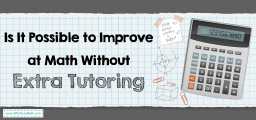
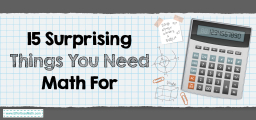
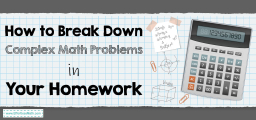
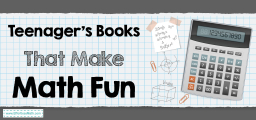
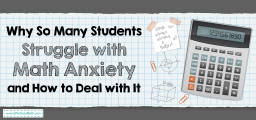
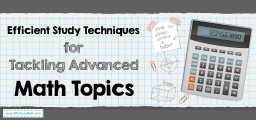
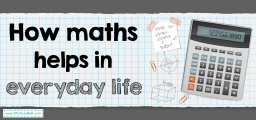
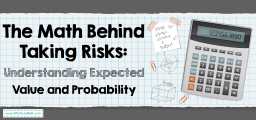
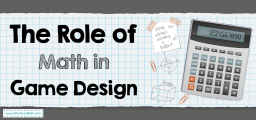
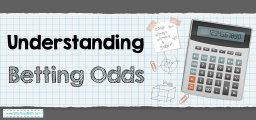

What people say about "How to Solve Word Problems: Guessing and Checking - Effortless Math: We Help Students Learn to LOVE Mathematics"?
No one replied yet.